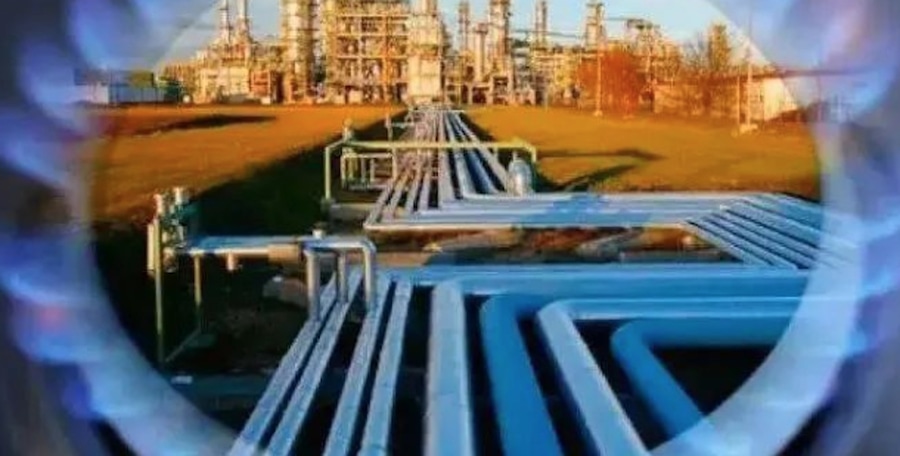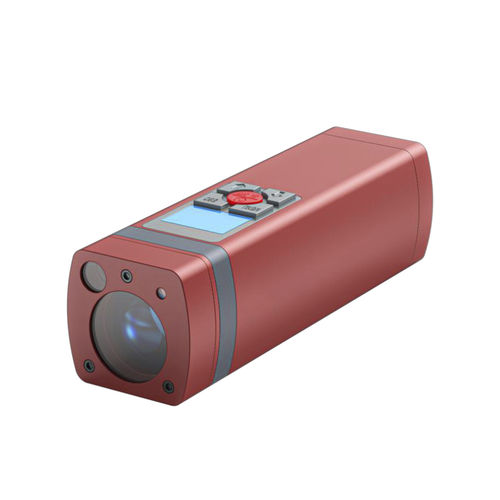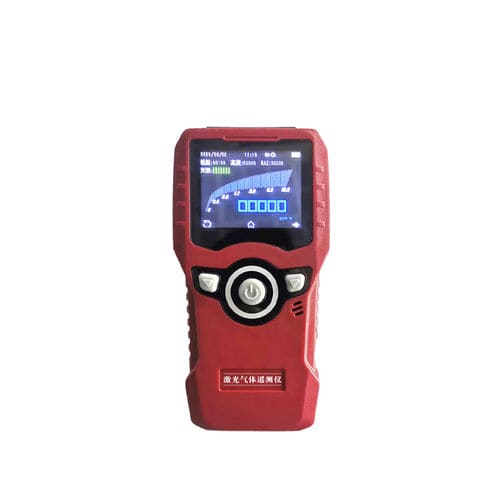
#Industry News
Methane can still be detected at a distance of 50 meters!
Methane (CH4) is the main component of natural gas, biogas, pit gas, etc.
It is widely distributed in nature, with 40% being emitted into the atmosphere through natural sources (e.g. wetlands) and about 60% from human activities such as animal husbandry, rice cultivation, fossil fuel utilization, landfills and biomass burning.
Methane is mainly used as fuels, such as natural gas and gas, and is widely used in residential and industrial applications.
Methane itself is non-toxic and is a type of organic compound used as a fuel and as a raw material for the production of hydrogen, carbon monoxide, and other substances.
The main component of natural gas is methane, which can be burned to release heat and is used in many homes for cooking.
However, the main components of methane are carbon and hydrogen. The combustion process may produce carbon monoxide, which is related to the adequacy of combustion. In high concentrations, methane can cause the oxygen content in the air to drop and can form toxic gases, mainly manifested as asphyxiation.
Usually most of the gas mains in old neighborhoods are corroded and cracked, and are prone to gas leakage, combustion, explosion... The situation.
However, sometimes the leaky pipe is located in a narrow or high place, so it is not convenient for the staff to detect it, so it is necessary to use the laser handheld methane telemetry to detect the pipe.
The ZW-G100 laser methane telemetry meter is mainly used to remotely measure the concentration of methane and methane-containing gases (natural gas or similar).
It works by pointing a laser beam at a detection point to quickly measure methane gas concentrations from 0.5 m to 50 m distance. The concentration of methane gas masses distributed in the path between the device and the target point is measured by firing a laser at the target point (gas pipe, ceiling, wall, floor, ground, etc.) and then detecting the laser signal reflected back from the target point.







